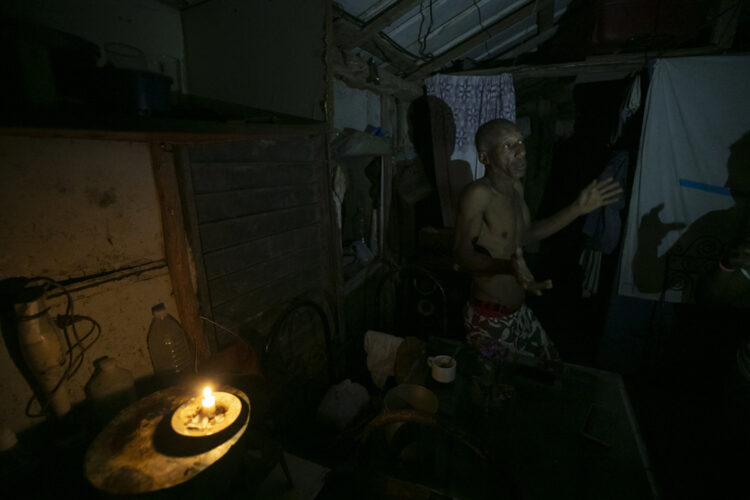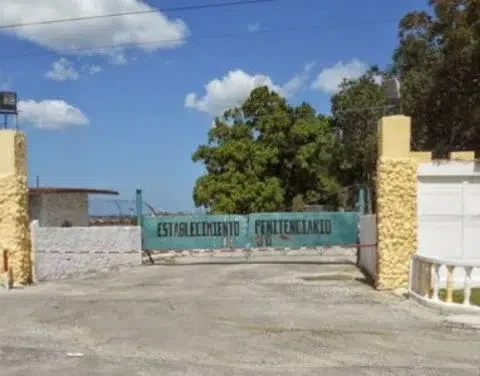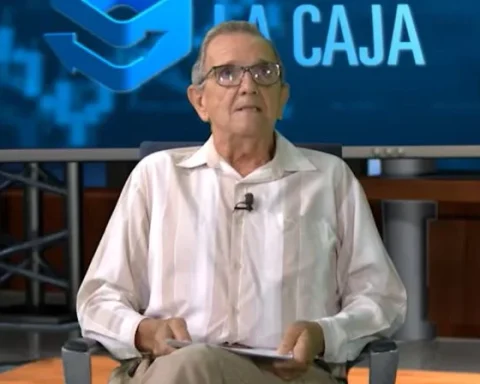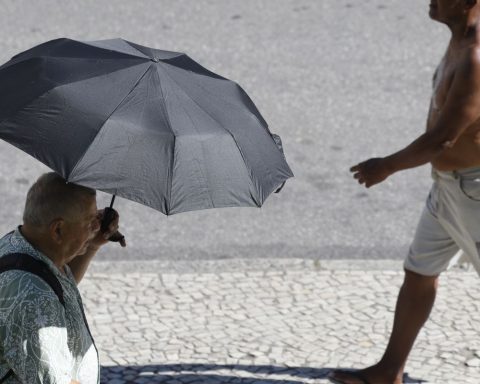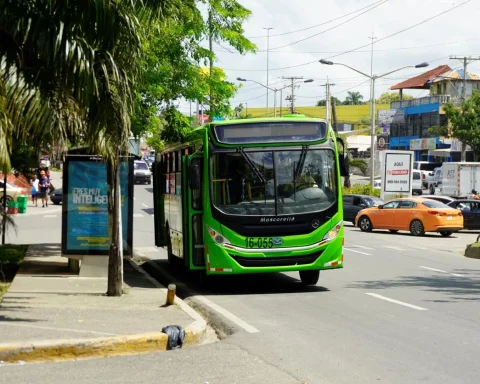Cuba will suffer extensive blackouts throughout this Friday, which will simultaneously affect up to 48 % of the country, the state -owned Electric Union (UNE) reported, which blames the situation to breakdowns in thermoelectric plants and the lack of fuel.
The island suffers for years a serious energy crisis, which has been aggravated in recent months with deficit rates that have reached 53 % and three national blackouts. Currently, some regions only have electricity supply for four hours a day.
The UNE, attached to the Ministry of Energy and Mines (Minem), calculates for the day a maximum specific power generation of 1 740 megawatts (MW) during the “peak” time, in the afternoon-night, for a demand that provides that reaches the 3 220 MW.
The deficit (the difference between supply and demand) will be 1 480 MW and the real affectation – the circuits that will disconnect preventively to avoid a disorderly blackout – will reach 1,550 MW at the time of greater consumption, above the maximum of 1 442 MW registered the eve.
The Cuban energy crisis is mainly due to the lack of fuel – due to the lack of currency of the State to import it – and repeated failures in the obsolete thermoelectric central, with decades of exploitation and a chronic investment deficit.
Specifically, for this day, UNE recognizes breakdowns in three of the 20 thermoelectric production units (distributed in seven plants) and stops forced by maintenance in five other units.
In addition there are 57 distributed generation centrals out of service due to lack of fuel (fueloil and diesel), the UNE pointed out.
According to various independent calculations, the Cuban government would specify between 8,000 and 10 billion dollars to refloat the national electrical system (SEN), an investment out of reach. And any solution would be possible only in the long term.
The frequent blackouts have the Cuban economy, which contracted 1.9 % in 2023 and did not grow last year, according to estimates of the government itself. According to these figures, the GDP of the island remains below the 2019 levels.
In addition, electric cuts have struck social discontent, visible in mass migration in recent years and in the unusual protests that have been recorded since 2021 on the island.
